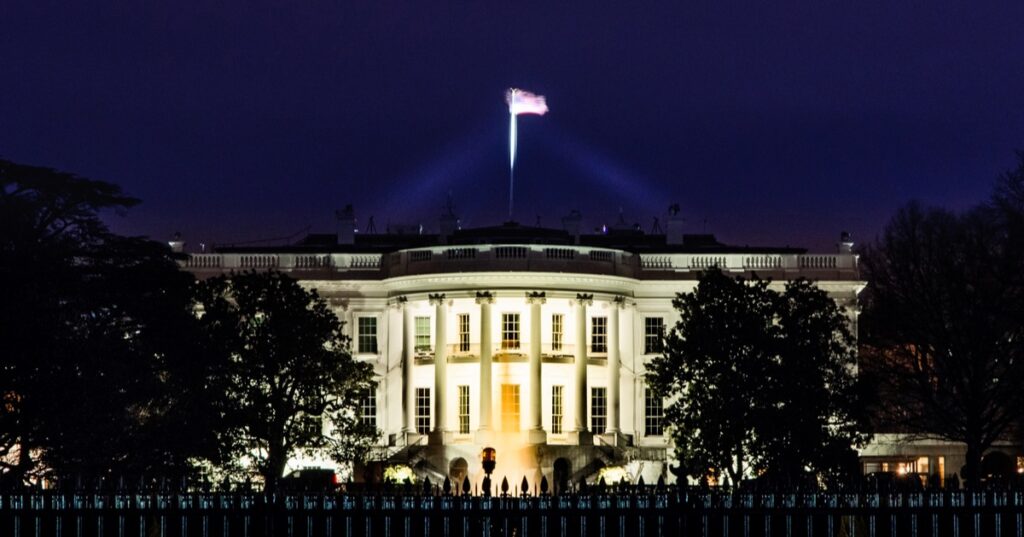President Donald Trump’s counterterrorism push is back in full force, and the White House is publicly counting results: a newly disclosed tally credits U.S. operations with taking out 370 jihadist leaders since the start of his second term. Senior counterterrorism officials are describing direct, lethal pressure on global terror networks and a renewed focus on preventing plots before they reach American soil. The administration is also coordinating domestic work across agencies to address support networks and extremist violence inside the United States. This piece lays out the numbers, the names publicly cited, and how the policy translates into action at home and abroad.
Dr. Sebastian Gorka, who serves as deputy assistant to the president and senior director for counterterrorism at the National Security Council, announced the figure and spoke about the operations in blunt, unapologetic terms. Gorka said the number — 370 — is a recently declassified total he was cleared to disclose, and he framed it as a sign the administration has returned to a hard line on terror. That tone is deliberate: the message to enemies overseas is that the United States is willing to use decisive force to protect Americans and their interests. It’s also a clear signal to critics that counterterrorism has been prioritized at the highest level.
The administration’s description of tactics is frank and sometimes graphic, reflecting a willingness to demonstrate results rather than hide them behind diplomatic euphemisms. Gorka described the operations as turning the bad guys into “red mist.” That phrase is meant to be stark and to convey the lethal efficacy of targeted actions against leaders who plan or carry out attacks. For many voters concerned with national security, blunt talk paired with concrete numbers creates confidence that threats are being handled directly.
Names of several high-value targets were shared as examples of who has been taken off the battlefield since the new term began. These include top operatives who organized attacks, financed plots, or ran recruitment networks, and the roster spans multiple regions where Islamist terror groups have sought to regroup. Mentioning specific figures serves a dual purpose: it validates the count and makes clear that the strikes were aimed at people with proven links to violent acts. That specificity matters when arguing the case for a robust counterterrorism posture.
-Abu Khadijah, a top Islamic State (ISIS) leader whose death was confirmed by Iraq in the spring
-Ahmed Maeleninine, an ISIS recruiter, financier, and external operations leader who was taken out in Somalia
-Muhammed Yusuf Ziya Talay, a senior leader in Hurras al-Din, the al-Qaeda affiliate in Syria.
Gorka emphasized the tally does not include every kinetic action taken in the region, notably excluding many strikes against the Iran-backed Houthis in Yemen following their stepped-up attacks on American and Western assets. “So outside of the Houthis campaign, we have killed 370 leading jihadists around the globe,” Gorka said. That clarification narrows the scope and highlights that the 370 figure represents targeted removals of leadership, rather than the full range of military activity. It also underscores how the administration differentiates campaigns by objective and geography.
The White House is pairing overseas pressure with a domestic effort to disrupt support networks and prosecute those who provide material aid to violent movements. Federal agencies including the FBI, the Department of Homeland Security, and the Department of Justice are reportedly working closely with the White House on an initiative aimed at rooting out terrorists who slipped in under previous policies. That effort focuses on both violent actors and those who facilitate violence through funding, training, or propaganda.
Prosecutors have already pursued cases against members of leftist violent groups and other domestic extremists, and the administration is signaling a broader willingness to use existing laws aggressively. “The statutes are very, very clear. It’s called material support to terrorism if you are giving aid and succor, if you are financing violent acts against the constitutional order of the United States, if you’re targeting innocent Americans like my friend Charlie Kirk, then we will use all legal tools against you,” Gorka stated. The message is simple: legal consequences exist for anyone who helps or directs violence against Americans.
Supporters of the administration see this approach as common-sense defense of the homeland and a restoration of deterrence abroad. The combination of targeted strikes, public accounting of results, and domestic law enforcement coordination is designed to interrupt plots and discourage would-be backers. Critics will object to the rhetoric or the methods, but the political calculus from a Republican perspective is straightforward: prioritize American lives and act boldly to protect them.
Operational secrecy remains important, and officials are unlikely to disclose every action or tactic. Still, making the overall results public — and naming a few high-profile targets — is meant to demonstrate that the machinery of counterterrorism is working. For voters who prioritize security, that transparency about outcomes can be reassuring without exposing sensitive methods. It also frames the administration’s policy as both results-driven and willing to confront threats directly.
Whether that posture will be sustained and how it will evolve remains to be seen, but the current administration has clearly signaled a return to aggressive counterterrorism. The numbers and names released so far serve as a concrete shorthand for that shift, and the coordination with domestic agencies makes it clear the effort is comprehensive. For now, the line is being held: those who threaten Americans will face consequences, and the White House is making that case loudly and clearly.



